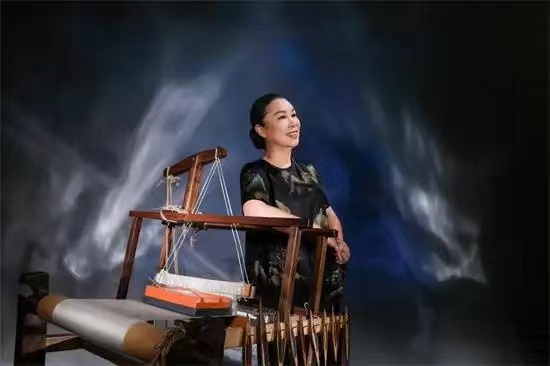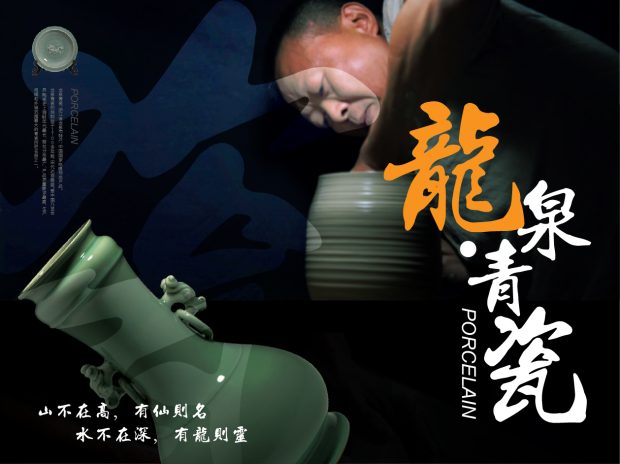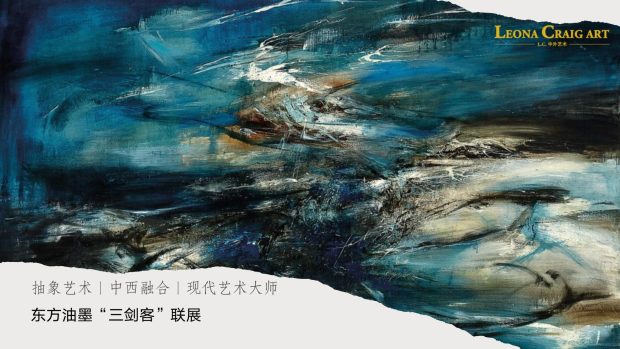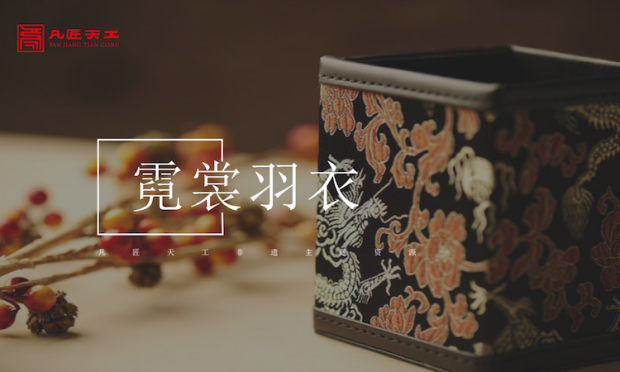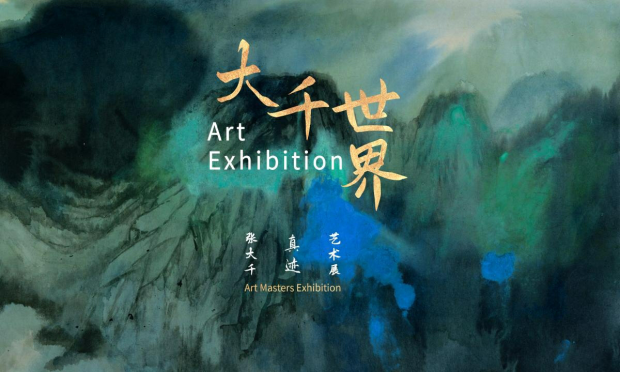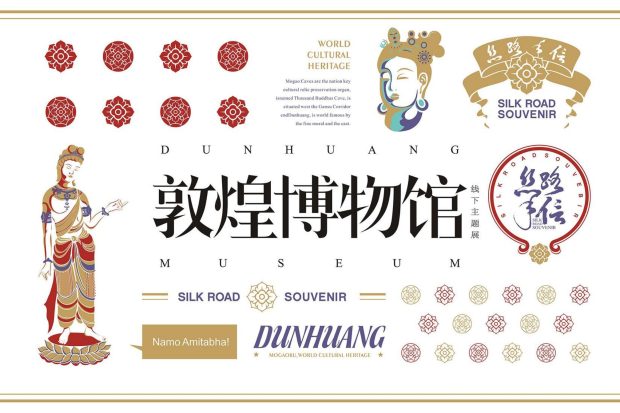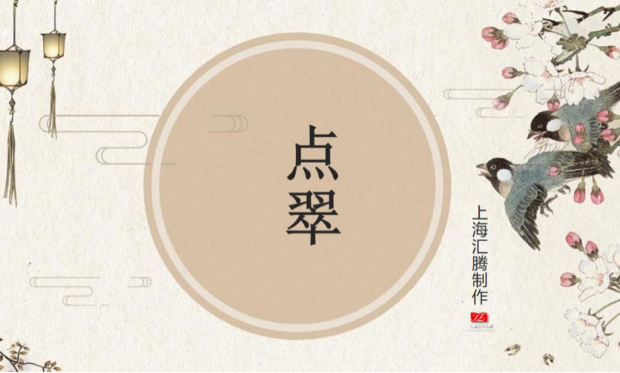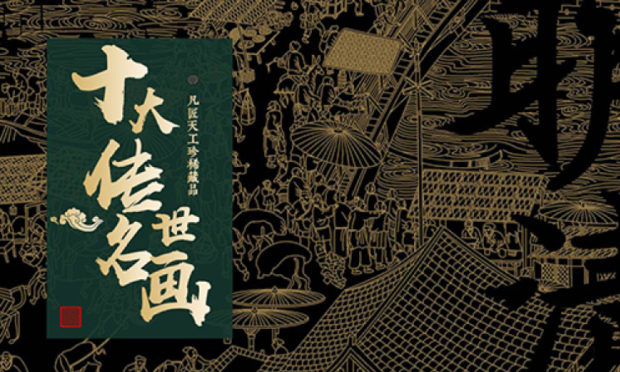Cai Xiaming, a Representative Inheritor of the Suzhou Kesi Technique, an Intangible Cultural Heritage of Jiangsu Province
Kesi, a World Intangible Cultural Heritage item, is a unique and superb technique exclusive to China. It was once on the verge of being lost, and even today, there are very few inheritors with high proficiency in it. Due to the limitations of silk weaving and dyeing technologies, in traditional Kesi works, many details that could not be completed using the Kesi technique were compensated for by calligraphy, painting, embroidery, and other means. However, Cai Xiaming is a woman who pursues perfection. She drew on the color-matching technique in embroidery. According to the color requirements of the painting, she added different colors at different levels, and the changes in the sequence presented completely different colors. It sounds simple, but in fact, it is extremely complicated. Even a tiny mistake will prevent achieving the desired effect. But Cai Xiaming managed to […]



